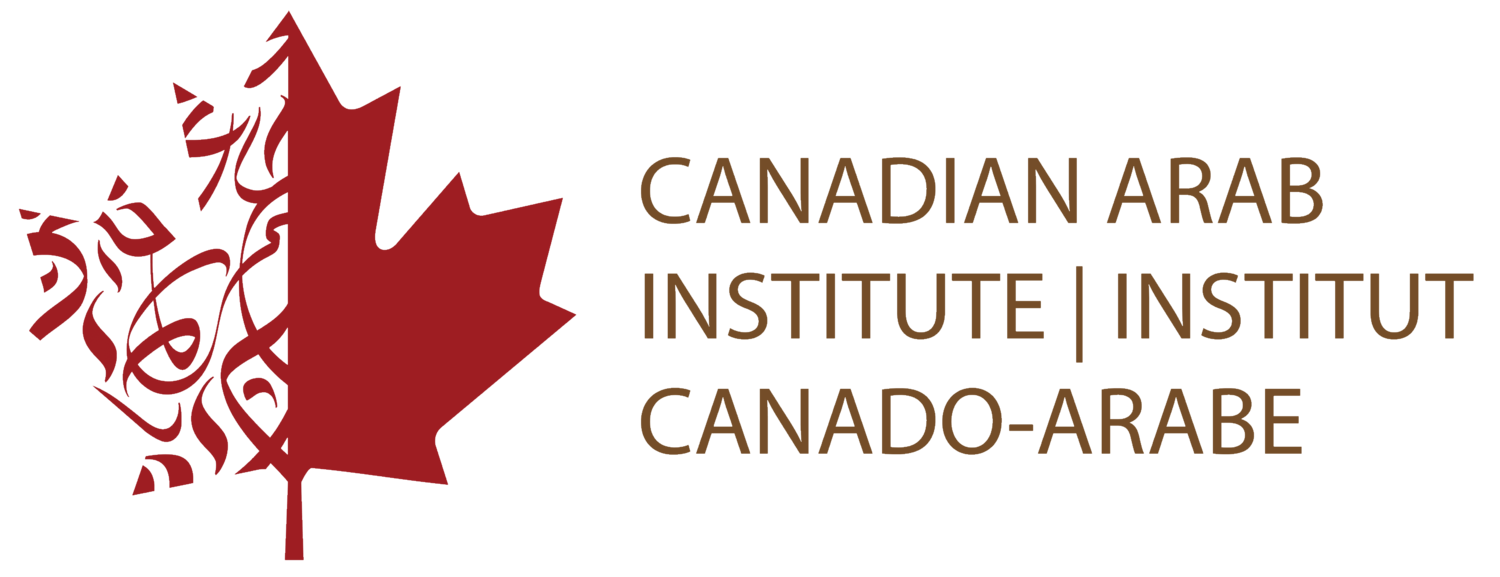Resettlement and Integration
KEY FINDINGS
Arab youth in Canada subscribe to hyphenated or dual identities.
They negotiate their identities between different cultures (Eastern/Western and Arab/Canadian) by retaining what they deem positive values from each culture.
Arab youth buy into Canadian multiculturalism and integration.
The experiences of Arab youth, especially those who immigrated to Canada, suggests that the transition into Canadian society could be made easier by building cultural connections.
Research shows that collaboration and inclusion of ethnocultural organizations in the settlement process helps bridge cultural gaps, encourages positive identity formation and integration into Canadian society; despite this, the Canadian government has consistently reduced funding for ethnocultural organizations and the immigrant settlement services they provide.
KEY FINDINGS
Canada’s post-World War II recent history demonstrates a tradition of international leadership in the resettlement of large waves of refugees from conflict zones.
The Syrian conflict has produced a humanitarian crisis and the world’s largest refugee population since World War II.3
Canadian response to the crisis has been slow, deficient, and lacking in transparency. The country has fallen behind many of its international peers in offering resettlement.
Canada has the appropriate know-how and mechanisms for facilitating the resettlement of large numbers of Syrian refugees.
A successful model exists: that of the resettlement of over 20,000 Iraqi refugees to Canada in the recent past.


